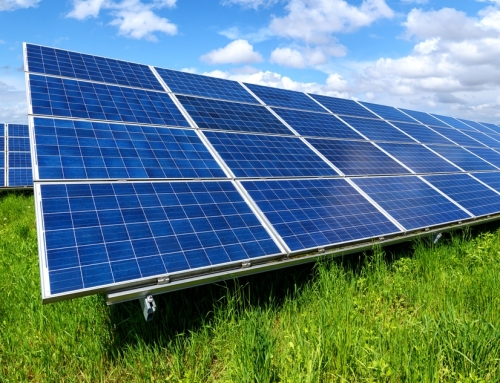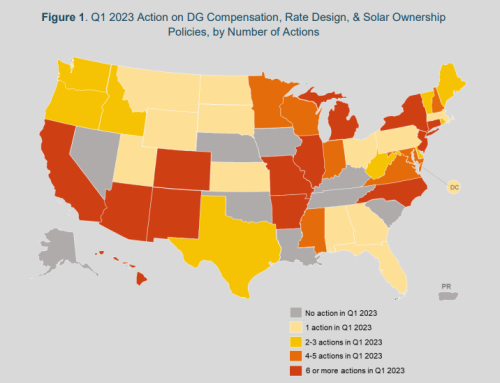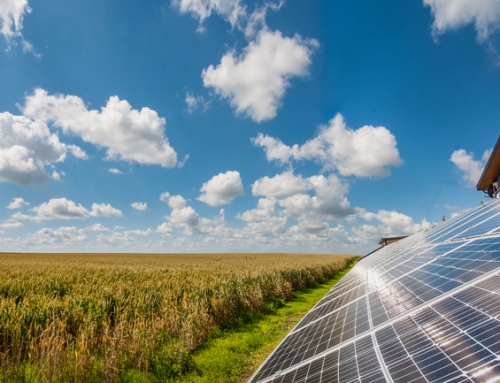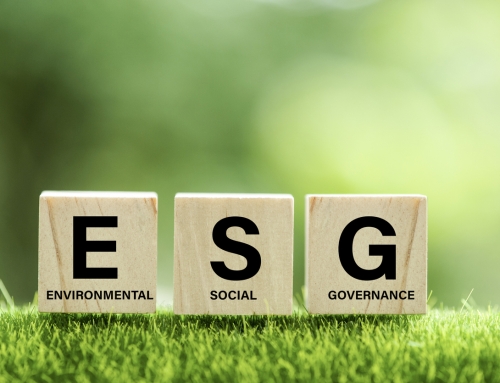By Mike Zaura | November 3, 2022
Now more than ever, companies are looking into ways to meet their sustainability goals or hit their ESG goals. It is essential to know that there are things that you must consider when setting these types of goals.
What to Consider
- What goals are you trying to achieve, i.e., carbon neutral, Net Zero, emissions-free, or simply reducing emissions or usage?
- The time frame on when you would like to achieve these goals.
- How are you going to achieve these goals?
Sustainability Goal Options
In terms of sustainability, there are different renewable energy options that you should consider when planning.
One available option is a physical asset. It is important to ask yourself, does your facility have the capability to have solar panels on the roof or land? Is a wind turbine or geothermal possible?
These are the more expensive options but have the most financing options available regarding incentives and tax breaks.
Another option is off-site renewable assets. An off-site renewable asset is a structured deal, sometimes in the form of a PPA or Virtual Power Purchase Agreement (VPPA). This involves a commitment to take power from a dedicated asset — usually a green one, such as a solar field or a wind farm.
A final option to consider is REC’s, which are renewable energy credits. These are purchased to show that one mega-watt of electricity was generated from a renewable source. These can be purchased to help offset a company’s carbon footprint by buying the equivalent amount of REC’s to what their usage is. This way is typically the most popular because they are the easiest to purchase in terms of time and cost.
How Do You Know Which Option is the Best for You?
If your company has immediate sustainability goals that need to be accomplished, the REC option may be the quickest and easiest one. These can be purchased for an entire year or multiple years to offset the usage of a particular facility.
For an on-site asset, you want to make sure that the site you’re picking has planned longevity, ideally 15-20 years, to get the return on the investment of the project.
Off-site is a good fit if many locations in a particular area can be tied to something local. In this scenario, not only are they buying renewable energy, but they also have additionality claims if the company buys it in the same state the power is consumed.
Final Thought
Before considering these options, have a firm goal in mind of what your company would like to accomplish and be able to claim. It’s a challenging first step, but it will be much easier to devise a plan to achieve that goal once it is decided upon. This is a rapidly evolving space in energy, so goals may be small at first but evolve into bigger ones over the years.
Are you interested in learning more? Feel free to reach out to one of our advisors!










Leave A Comment